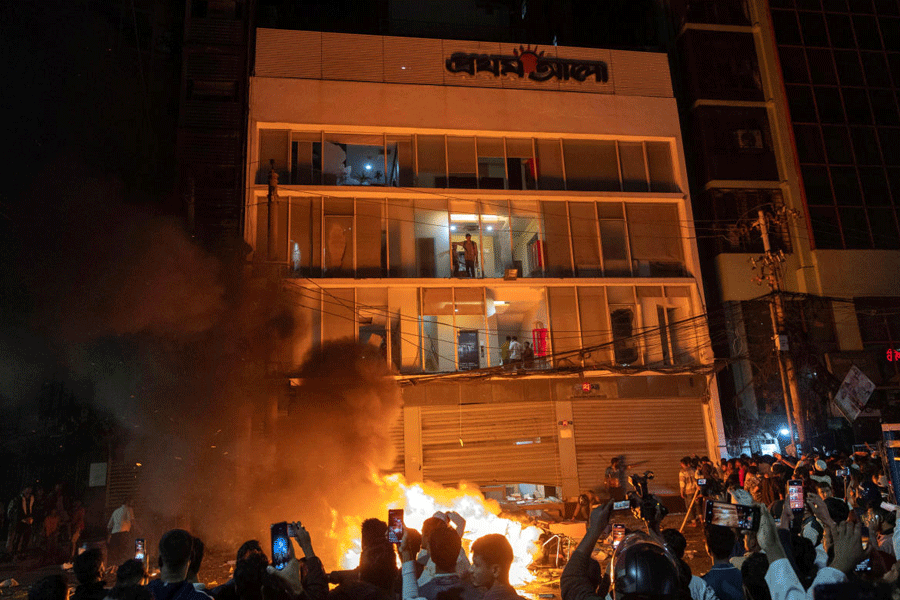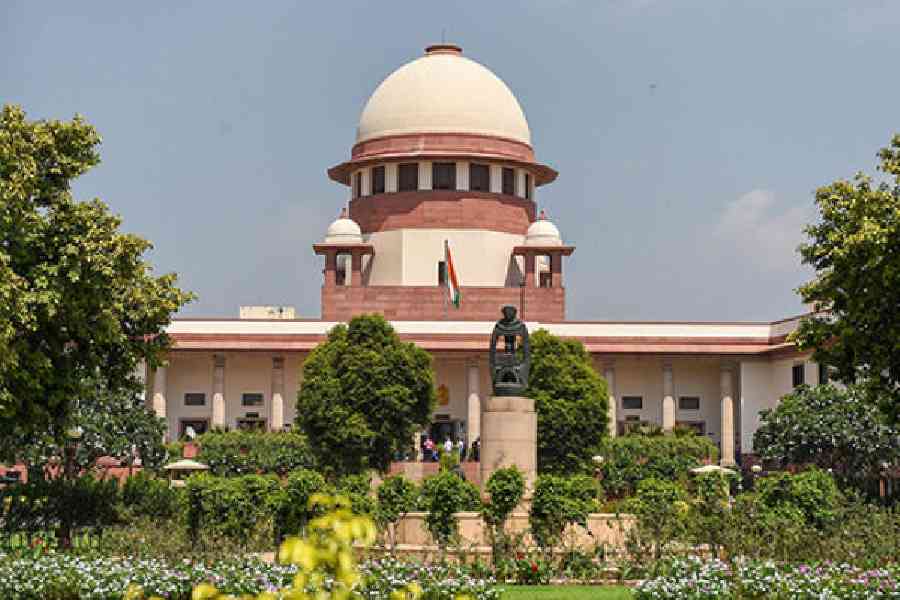As more and more people become aware of climate change as an existential crisis, there is debate as to what constitutes a feasible solution that is also equitable. In this context, the term, ‘climate justice’, is being heard of more frequently and in louder tones. This cry for justice is being articulated by the poor, racial and religious minorities, queer people, women, the young generation, and a few committed activists and scientists. It is important that we become aware of the issues involved and what a fair solution entails. The conversation on justice in the context of climate change involves a deeper need to question the entire economic system.
It is well-known that the exponentially growing emissions of greenhouse gases, particularly carbon dioxide, causes more heat, leading to a rise in the average temperature of the earth’s atmosphere. Scientific evidence suggests that the rate of emissions has been at a rate faster than what the earth’s atmosphere can process and break up. Hence, there has been a net accumulation of greenhouse gases going on since around 1850. Scientific analysis indicates that as the stock of gases increase, the rate of rise in temperature might become higher and have catastrophic consequences on oceanic water levels, leading to an increased frequency of severe hurricanes and typhoons and spiking associated human costs and economic damage. The obvious strategy, if the planet is to avoid a crisis, is to ensure that the stock of gases gets reduced ultimately. Before that, however, at least the stock should reach a plateau by drastically reducing current emissions.
From the point of view of science, the solution is certainly feasible. The trouble begins when we ask ourselves how fast do we need to reduce? Who reduces and by how much? Who bears the costs of transitioning to a low carbon economy, and who monitors when countries renege on commitments, or even refuse to make any commitment at all? This is where science has to perforce interact with economics, politics, sociology and history. The story behind the accumulation of greenhouse gases is that during the nineteenth and a major part of the twentieth century, the Global North (the rich countries of the world) rode the wave of industrialisation and development while emitting carbon dioxide relentlessly without probably knowing the full consequences of such actions. The Global South joined the race much later, even though at the current moment nations like China, India and Brazil are among the top polluters of the world. However, if one looks at how much each person in a country contributes, then the Global South appears much less guilty. The average Indian pollutes 2 tonnes of carbon dioxide per year, the average Chinese 7 tonnes, while the average German pollutes 10 tonnes; the figure for the United States of America is 17 tonnes.
This is where the first level of the disagreement starts. The Global North argues that all countries need to reduce their emissions if the world is to cut down fast enough to avoid any future catastrophe. After all, the atmosphere cannot discriminate against a molecule of carbon dioxide in terms of its geographical origins. It is pointed out that even though China and India are much poorer than the Global North, their pollution quantities are very high. Indeed, China is the highest carbon polluter; India comes in at number three. Should China and India be allowed to reduce their emissions at a slower rate while the richer countries cut emissions at a much faster rate bearing a larger share of the costs? This is in itself a thorny source of disagreement with ethical justifications coming from both the positions adopted.
There are two possibilities at this point. If all nations agree on the North’s proposal, which incidentally the majority of nations are converging on after CoP26 in Britain, then countries like India will have to bear a larger share of the world’s transition costs to a low carbon, zero net-emissions economy. The richer countries had pledged 100 billion per year till 2020 as aid to help defray the costs faced by the poorer nations, but most of it has been coming in terms of loans. It was estimated that only 20 billion came as grants in 2020. The other outcome, which has been what the advocates of climate justice wish for, is that different countries take differential responsibilities for bearing the costs of reduction. The fair distribution of these burdens would be arrived at by looking at the historical contributions of these nations to the total stock currently floating in the atmosphere. One estimate puts the Global North’s contribution at 92 per cent of the existing stock, while the poorer nations have contributed a mere 8 per cent. The richest one per cent of the global population pollutes more than double of what the bottom 50 per cent do. In such a situation, nations like Britain or the US would bear a far larger share of the burden than India or China because the historical contributions of the latter are minuscule compared to that of the former. Even if the nations of the world all agreed to this potentially conflict-laden algorithm, there would be another layer of important questions that would require attention. Not only are there rich and poor countries, there are also rich and poor people in every nation. If nations cut emissions with all citizens taking hits, it would become obvious that the rich would be less affected and the poor would have to bear a large burden through loss of livelihoods, jobs and incomes. At the moment, nothing is being done at any speed which reflects the urgency that the crisis calls for. However, changes have occurred, consciousness is on the rise, and governments are finding it increasingly difficult to shy away from the problem. Everybody (including post-Donald Trump US) pays at least lip service to the need for reducing emissions.
What climate activists are advocating is the need to look at climate justice as being integrated to the need to reduce social and economic injustice. In every nation, the poorest of the poor and the disadvantaged are the racial, religious and ethnic minorities that would be hit the hardest if ocean levels rise as temperatures increase. In India, for instance, the coastal cities with large densities of poor populations will be badly affected. Drought and heatwaves are on the rise. The frequency of cyclones and storms have increased too. The impact is visible and perceptible. The estimated reduction in the productivity of food grains is an ominous signal. Water shortages are being felt in green belts like Punjab. The current decision to ban the export of wheat is a reflection of the perilous position of food security. The rich are hardly affected. To tweak an example cited by Milton Friedman many years ago, if the rich lose running hot water, there will immediately be servants running with steaming buckets! Without climate justice, the poor and disadvantaged are going to get squeezed either way. If catastrophes occur, they will be hit the hardest. If emissions are reduced aggressively and costs are borne uniformly, then, too, the poor will find it difficult and unfair.
History had segregated humanity into nations, races and religions through the context of particular experiences over time. Now, strangely, nature is pushing us back into becoming aware of our species-identity, and looking for a new meaning of universal equality that has eluded us till now.
(Anup Sinha is former Professor of Economics, IIM Calcutta)










